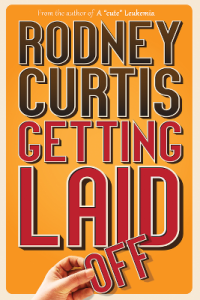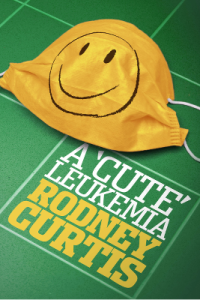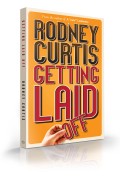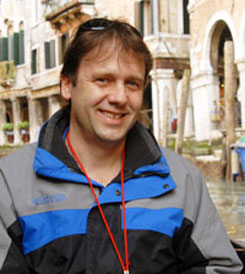It’s 4:34 am.
I call this time “heh.” I’ve written about it in the past, back when my digital clock seemed to be chuckling at me. Turn 4:34 upside down and it says hEh.
Heh, you’re not sleeping. Heh, those thoughts racing through your brain are going nowhere fast. Heh.
I don’t hate 4:34 anymore. I’ve come to embrace it. I have the New York Times and David K. Randall to thank.
In a piece I read a few years back, Randall writes about “The tyranny of the eight hour block” of sleep. We’ve been told for generations that we must get at least eight hours of sleep each night in order to thrive, function, stay slim — and I don’t know — live longer. According to health.com, it’s even supposed to help you “Be a winner.” hEh.
I generally agree that eight hours of sleep is great, but I can’t tell you the last time I got that amount in one chunk. Oh, I get eight hours I think. Or seven or nine, I don’t really keep track. It’s hard to figure out how much I’m getting when I wake up for an hour or two (or more) every single night now.
I don’t mind and neither did our ancestors. Apparently it’s only very recently in our human history that we felt the need to force all of our night’s rest into one continuous snooze.
“For most of evolution we slept a certain way,” says sleep psychologist Gregg Jacobs.
“Waking up during the night is part of normal human physiology,” writes Stephanie Hegarty in a BBC News article.
Randall tells about a Virginia Tech history professor who found references to something called “firste sleep” in Chaucer’s Canterbury Tales. That same professor, Roger Ekirch, says that references go all the way back to the writings of Homer, (the ancient Greek, NOT the Simpson).
In fact, according to Hegarty, Ekirch’s book At Day’s Close: Night in Times Past “unearths more than 500 references to a segmented sleeping pattern – in diaries, court records, medical books and literature, from Homer’s Odyssey to an anthropological account of modern tribes in Nigeria.”
Our ancestors would naturally wake up in the middle of the night. And instead of fighting it because they had to get enough sleep to survive modern life in the office or their morning commutes, they just went with it. They read, they meditated, they prayed, they wandered around, they had sex. They probably didn’t log onto Facebook or check the scores from last night’s games on their phones though.
And that’s part of it. Electronics, and more importantly, artificial lighting has led to bedtimes gradually getting later and later. In the past, we used to fall asleep a few hours after sundown, wake up a while later, then go back to sleep. Once European cities began lighting their streets, people thought it was fun to stay up later. These days we have something like that too; it’s called Jon Stewart.
The Industrial Revolution didn’t help our sleep much either. We used to nap during the afternoon. It was a normal part of our day. Try napping on the job these days. You’ll be derided at best, fired at worst. That’s in America. Other cultures understand napping. You’ve heard of the afternoon siesta in Spain. In other countries, businesses will actually shut down so their employees (and customers) can go home and nap for a while.
In Japan a brief nap after lunch is common and encouraged. Some workers push it too far and even fake taking a nap in order to look committed to their company. Seriously!
Realizing that it’s only natural for me to be awake during the wee hours has made my life so much better. I tell lots of people about it and they look at me a bit oddly. We are so conditioned to believe in a full, uninterrupted night’s sleep that I’m almost speaking heresy. I can’t tell you how many social media friends of mine have commented that I’m burning the midnight oil or have asked why I’m up so late (or early). I’ve sent the New York Times Rethinking Sleep link out countless times.
A good friend, Tom Gottfried, told me most of his coworkers are middle aged and are commonly awake at 3:00 am. He said there’s a joke going around his office that they should hold all their meetings in the middle of the night. I guess nobody would have an excuse for falling asleep during meetings then, eh?
Back when I was still in high school, I learned from my Psychology teacher that even if you’re not sleeping, as long as you’re lying down relaxed, it’s almost as good as heavy ZZZs. I’ve tried to follow that lesson throughout my adult life. Regardless of if it works or not, fighting the lack of sleep while you’re lying in bed, tossing and turning, is just so counterintuitive. Counterproductive too.
Speaking of not fighting it, I feel a yawn coming on. I don’t think it’s a good idea to fight the onset of sleep either. Usually.
Besides, as Homer put it, “There is a time for many words, and there is also a time for sleep.”
hEh.






